REVIEW: House: The Isolation Version
Daniel MacIvor’s play House is a living document. Premiered in 1992 by da da kamera in association with Factory Theatre, MacIvor has adapted and updated it several times since – into a 1995 film directed by Laurie Lynd, and for a 2007 production at Buddies in Bad Times. There were likely other tweaks along the way as the play was produced many times then and since, in Canada and elsewhere.
Factory was set to revive House as the final offering of its 50th anniversary season and initially cancelled the production when COVID-19 hit, but then – at MacIvor’s suggestion – mounted it as a one-night-only staged reading, with the text and staging (by Nina Lee Aquino) updated to reflect our current predicament. Kevin Hanchard performed House: The Isolation Version in his own home and spectators received it in theirs, so that this very metatheatrical play became… something else that I am still working to process and conceptualize. It wasn’t meta-filmic, because this was not film: it was a live performance intended to be watched live, zooming through the camera on Hanchard’s computer into our personal spaces; as we watched, the world went on around us (was I the only one whose wifi reception got sketchy during the 7:30 banging of pots and pans?).
As originally produced, the title takes on multiple meanings, literal and metaphorical. The central character Victor (who’s really more of a loser) is ungrounded, perennially about to skid into rage or madness, holding himself just about together through his self-narration, which he punctuates with little bursts of cheerleading, shouting “House!” and throwing his arms up in the air “in victory” (as the published script notes indicate). On the surface he has all the marks of middle-class legitimacy – job, house, marriage – but each one of these is warped and compromised. The job is literally shitty – it’s at a septic tank company; his wife is his third cousin and moonlights as a dominatrix; and the house becomes the ultimate site of Victor’s humiliation and downfall when a dinner party turns into a big reveal that both his boss and his work nemesis are his wife’s clients. The fourth wall in the original play is as unstable as Victor’s psychological state: he frequently addresses the audience and acknowledges they’re sharing the same space: “I know it’s a theatre. I know it’s a stage… I know you’re a house.”
In The Isolation Version, MacIvor has tweaked references to theatrical viewing to acknowledge the particular circumstances: “Thank you for watching me” says Victor/Hanchard initially, rather than “Thank you for coming.” The moments of metatheatrical acknowledgement of audience turn into Victor/Hanchard playing with proximity to the camera, getting up super-close during a blackout so that all we can see is his mouth moving in the dark (evoking shades of Beckett’s Not I), then pulling back a bit so that his eyes are boring straight into the screen. “I know you’re a house” turns into Victor/Hanchard holding onto the computer saying, “I know you’re there.” Hanchard performs off-book and with complete focus and conviction, which is impressive given that this was a staged reading with limited rehearsal.
I’m insisting on the co-existence of actor and character here because that was how the “meta” worked for me. In a pre-show speech, Aquino thanked Hanchard’s wife and children for allowing the production to invade their living space, and in the post-show discussion, his young son Quincy appeared on screen to receive praise for running the lighting and sound effects. I never stopped wondering where the family was as Hanchard played out this intense scenario—and I offer that as a positive comment not a negative one, evidence that the shift between media was successful: Hanchard was in his house and we knew it, just as we couldn’t but be aware we were in ours. The fiction/real life bleed which in the original play comes from acknowledgement of the co-presence of performer and spectators becomes the character (and actor) acknowledging our simultaneous proximity and distance. Live/not-live; co-present but not really; acting, but not on stage; trapped at home, briefly liberated through story, him and us both.
MacIvor said in an Instagram conversation after the broadcast that he’s not sure if the performance will be shown again—“Perhaps not. True theatre!”—and I think I get his point. If it were re-broadcast, it would become something else again, different than the experience of watching it live as it was performed—and it’s that ephemeral quality that kept theatre in this House.









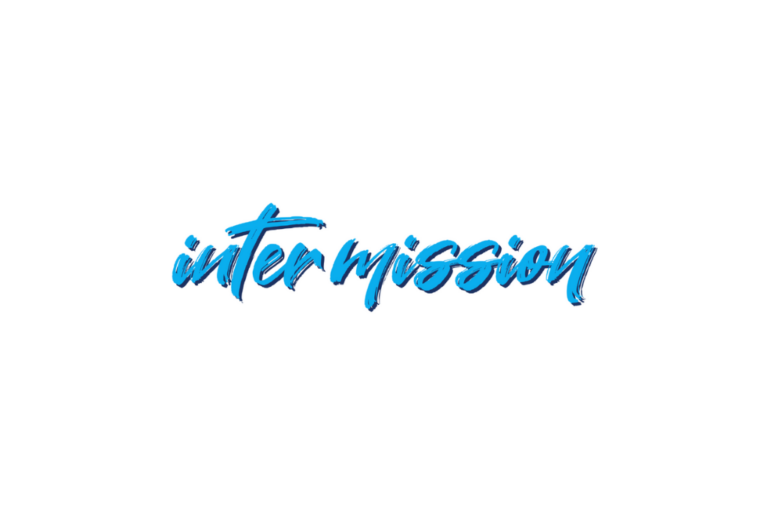
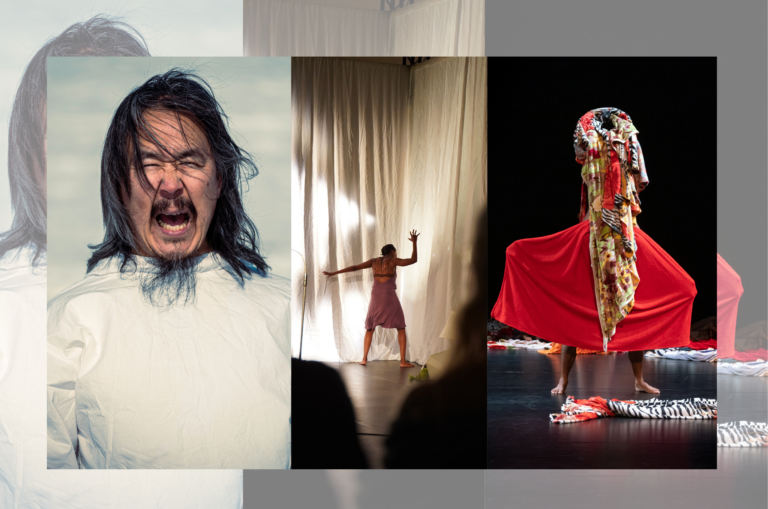
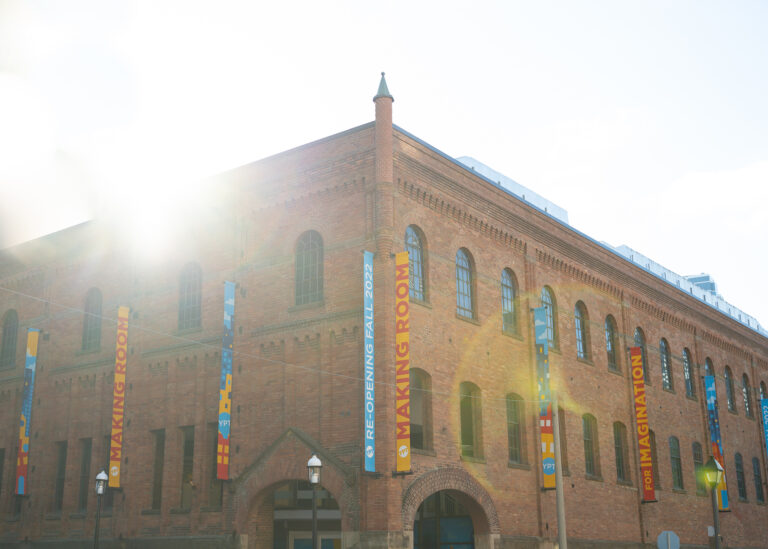
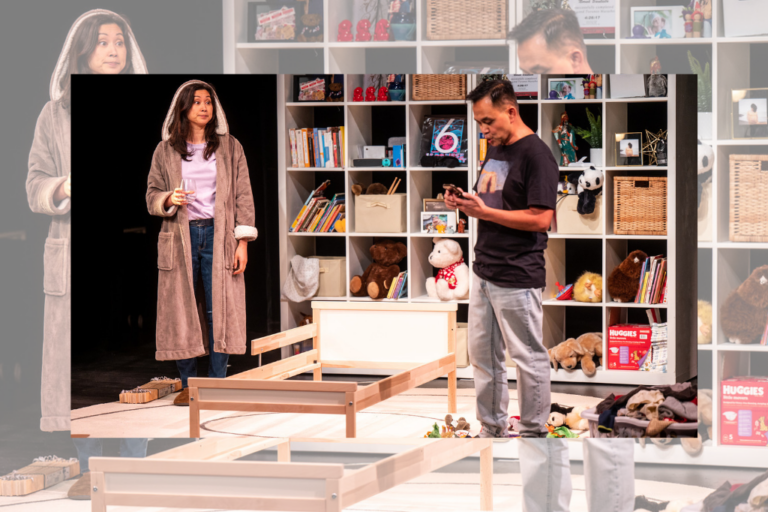
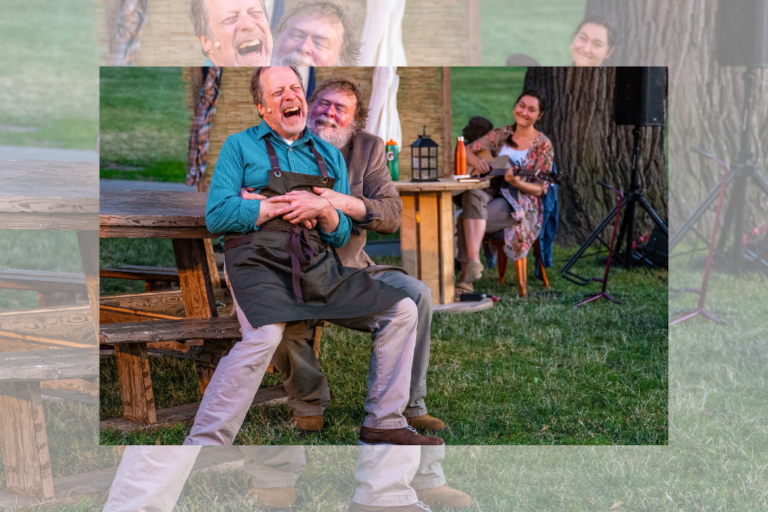
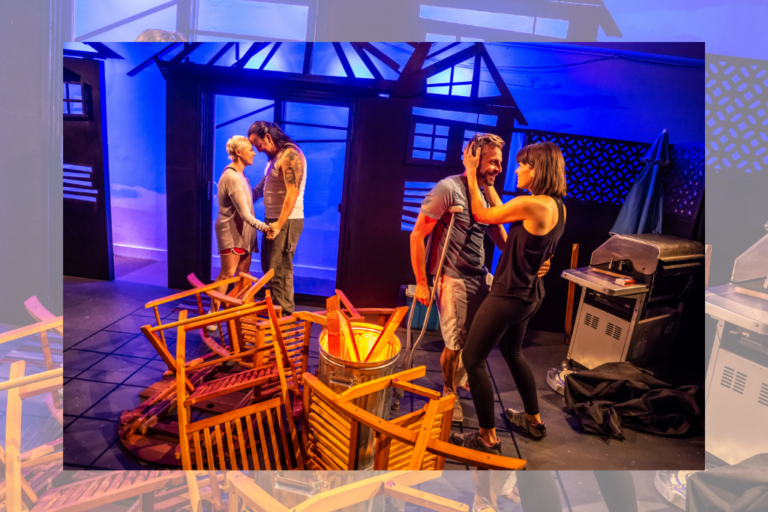
Comments